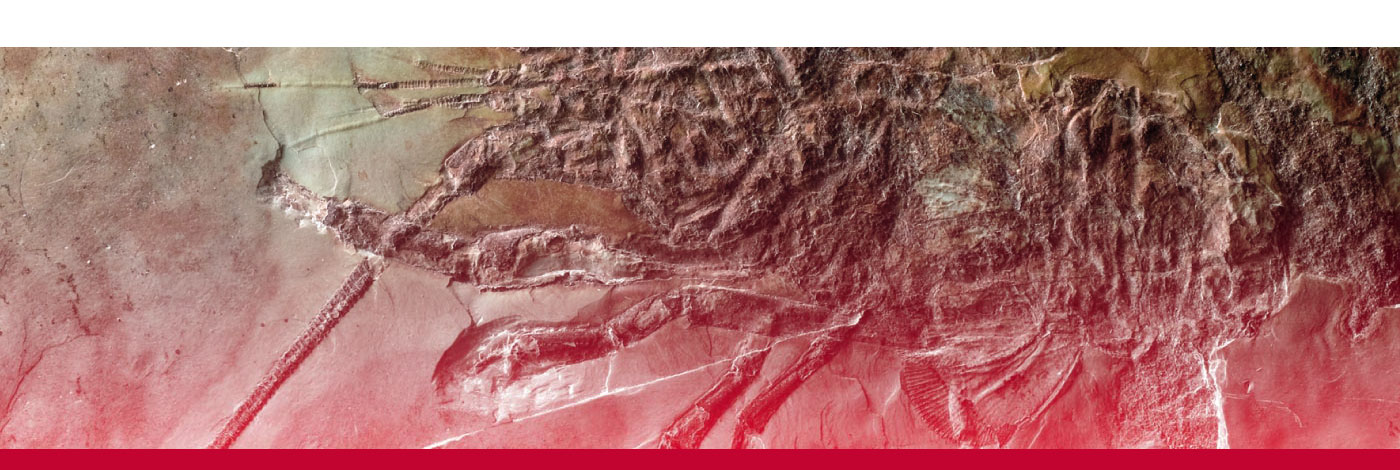
A major challenge in studying past climatic and biotic changes in the tropics is the scarcity of well-sampled fossil sites. The fossil site of La Venta in Colombia records one of the most fossil-rich faunas of tropical South America and offers an exceptional opportunity to study the effect of the Miocene climatic and environmental changes in the evolution of tropical diversity. La Venta represents an ancient tropical forest with a highly diverse community of land and freshwater vertebrates to the point that it has been used to define the Laventan age. La Venta has been studied for a century but the last major collecting efforts were done several decades ago. Recently, geological and paleontological research has been carried out by interdisciplinary groups of researchers together with the local community. The joint efforts resulted in the establishment of a new local natural history museum (Museo de Historia Natural La Tatacoa). This thematic issue presents the most recent advances on the stratigraphy of La Venta, and palaeobiology of several vertebrate lineages including native ungulates, rodents, metatherians, turtles, squamates and fresh-water fishes, as well as the collaborative process in the development of the museum’s educational and outreach activities. A century after the first paleontological expedition, La Venta’s fossil record continues to illuminate the evolution of the vast tropical biodiversity.
 A new fossil turtle ends the controversy on the occurrence of the extant genus Podocnemis Wagler, 1830 at the Miocene fauna of La Venta, Colombia
A new fossil turtle ends the controversy on the occurrence of the extant genus Podocnemis Wagler, 1830 at the Miocene fauna of La Venta, Colombia
Edwin-Alberto CADENA & Rubén Dario VANEGAS
127-138, Published on 23 February 2023, art. 45 (3)

 Stratigraphy of a middle Miocene neotropical Lagerstätte (La Venta Site, Colombia)
Stratigraphy of a middle Miocene neotropical Lagerstätte (La Venta Site, Colombia)
Laura MORA-ROJAS et al.
197-221, Published on 13 April 2023, art. 45 (6)

 New clues on the palaeodiversity of the middle Miocene freshwater ichthyofauna from the Tatacoa Desert, Colombia
New clues on the palaeodiversity of the middle Miocene freshwater ichthyofauna from the Tatacoa Desert, Colombia
Jorge Domingo CARRILLO-BRICEÑO et al.
327-351, Published on 15 June 2023, art. 45 (10)

 Museum as a Refuge: the case of a Community Project in La Tatacoa desert in Colombia
Museum as a Refuge: the case of a Community Project in La Tatacoa desert in Colombia
Luz Helena OVIEDO et al.
367-376, Published on 06 July 2023, art. 45 (12)

 Newly discovered fossils provide novel insights on the biology of the South American Miocene snake Colombophis Hoffstetter & Rage, 1977
Newly discovered fossils provide novel insights on the biology of the South American Miocene snake Colombophis Hoffstetter & Rage, 1977
Andrés ALFONSO-ROJAS et al.
377-399, Published on 13 July 2023, art. 45 (13)

 New remains of Neotropical bunodont litopterns and the systematics of Megadolodinae (Mammalia: Litopterna)
New remains of Neotropical bunodont litopterns and the systematics of Megadolodinae (Mammalia: Litopterna)
Juan David CARRILLO et al.
409-447, Published on 31 August 2023, art. 45 (15)

 A sabre-tooth predator from the Neotropics: Cranial morphology of Anachlysictis gracilis Goin, 1997 (Metatheria, Thylacosmilidae), based on new specimens from La Venta (Middle Miocene, Colombia)
A sabre-tooth predator from the Neotropics: Cranial morphology of Anachlysictis gracilis Goin, 1997 (Metatheria, Thylacosmilidae), based on new specimens from La Venta (Middle Miocene, Colombia)
Catalina SUAREZ et al.
497-572, Published on 12 October 2023, art. 45 (18)

 Systematic revision of Neoreomys huilensis Fields, 1957 (Rodentia, Hystricognathi) from the Middle Miocene of La Venta (Villavieja, Colombia)
Systematic revision of Neoreomys huilensis Fields, 1957 (Rodentia, Hystricognathi) from the Middle Miocene of La Venta (Villavieja, Colombia)
Francisco J. URREA-BARRETO et al.
721-737, Published on 21 December 2023, art. 45 (25)

 The Miocene La Venta Biome (Colombia): A century of research and future perspectives
The Miocene La Venta Biome (Colombia): A century of research and future perspectives
Juan David CARRILLO et al.
739-767, Published on 22 December 2023, art. 45 (26)
